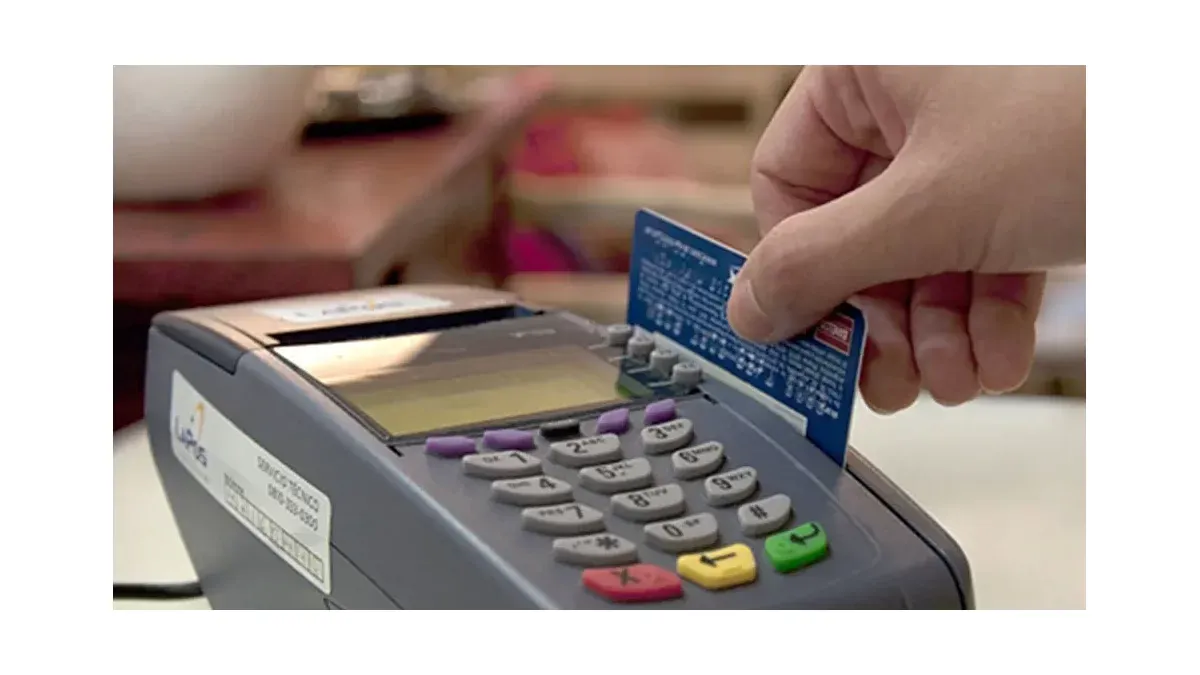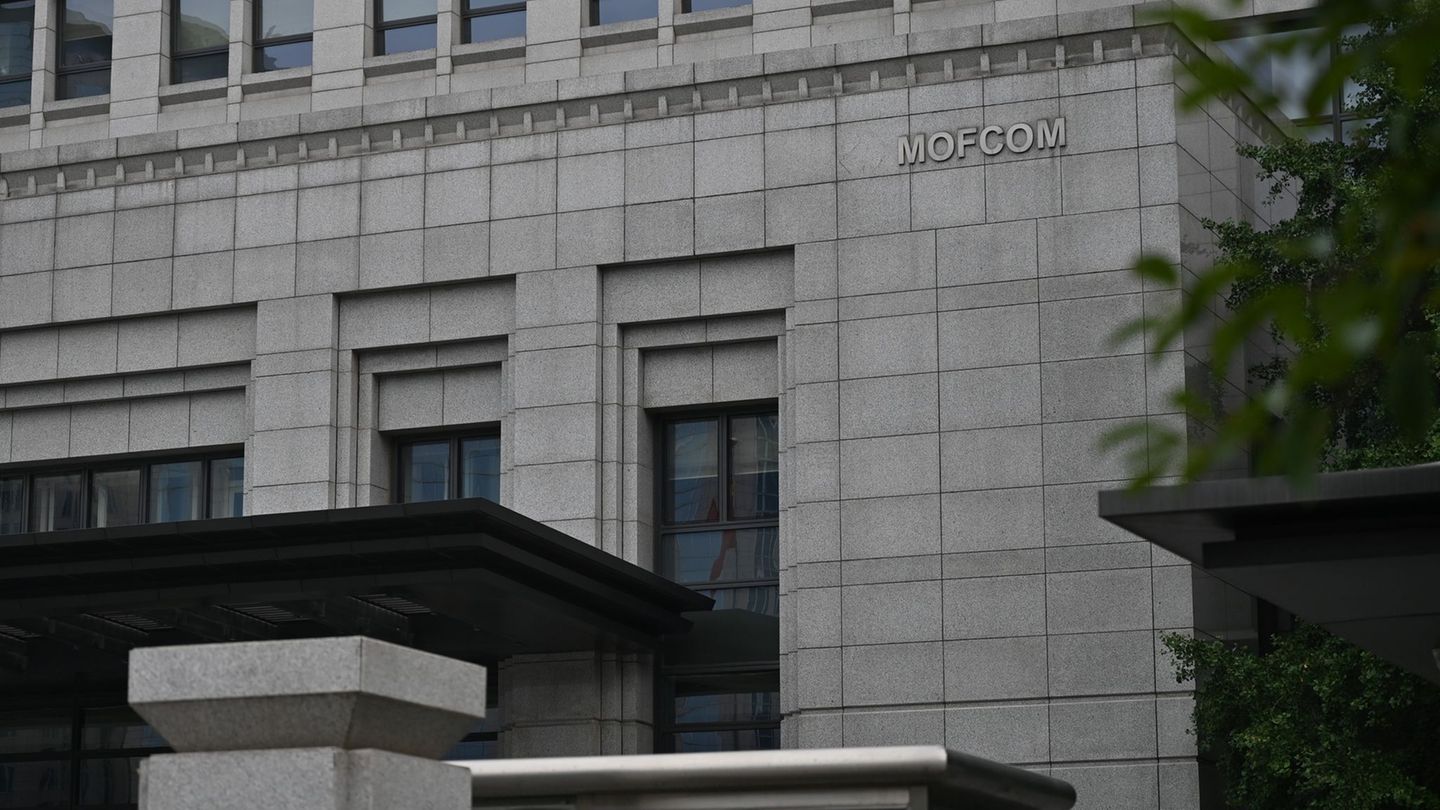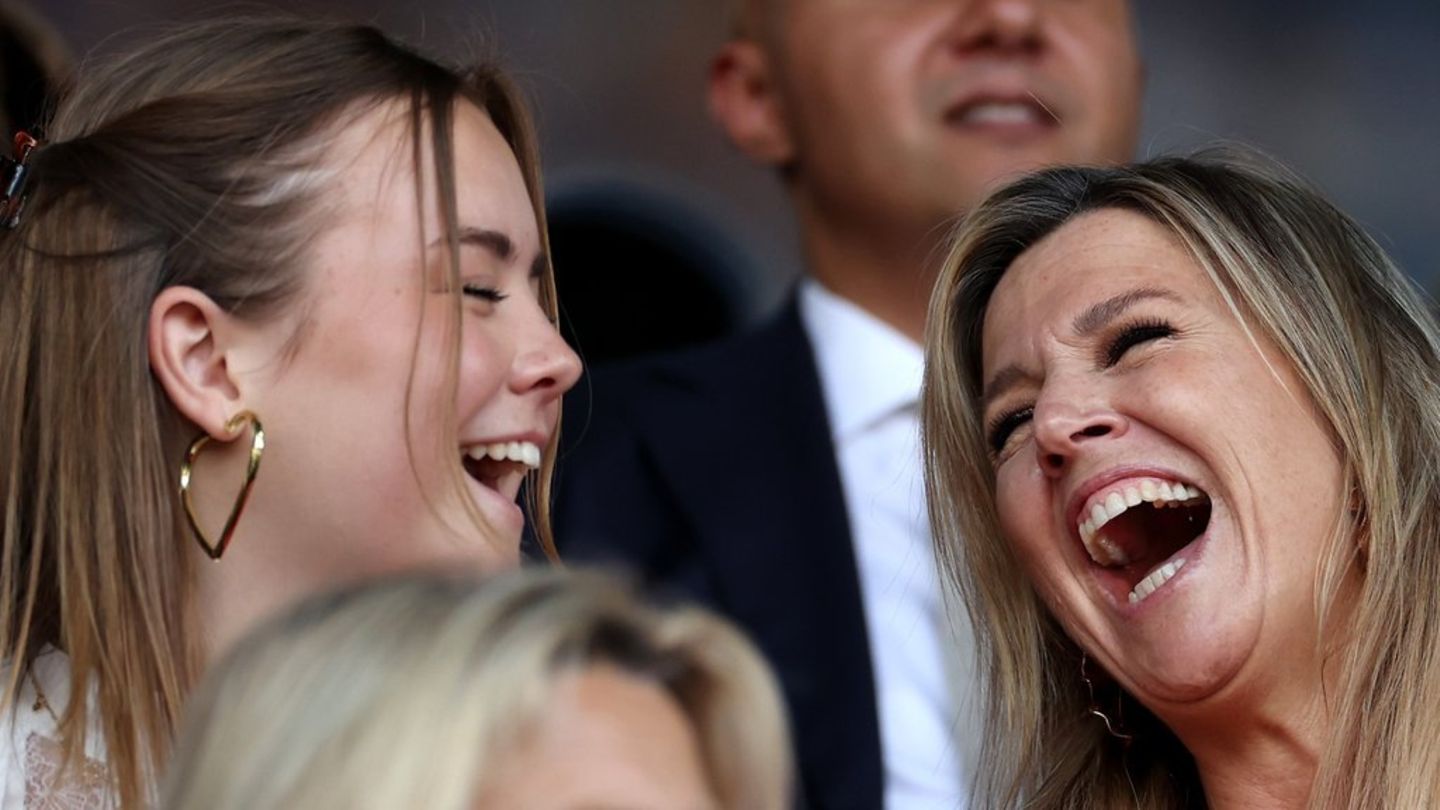The Government launched the program “Buy without VAT” after meeting the hard inflation data August, which was a record in 32 years for the month and a 17% increase in the cost of basic food basket, which reached $103,000 for a family of three. Within the framework of the need to expedite measures to mitigate the price advance For September, one of the doubts that arose in relation to the implementation was how the refund would be made for those foods that are taxed less than 21%.
According to queries made by Ambit with official sources, the AFIP made the decision that the discount be made on the total amount of the ticket and that there be no distinction between products. The explanation is the need to speed up reimbursement and put the measure into operation quickly, although it is not ruled out that the system could be improved later.
The Value Added Tax (VAT) Law establishes a large number of products with a rate reduced by half in this tax (that is, it is 10.5%, instead of 21%). These include bread and bakery products. Some cuts of meat, fruits and vegetables in their natural state are also found in this category. While milk, for example, has a VAT of 0% (you do not pay the tax).
Maria Paula VelizTax Manager of Expansión Argentina, stated in dialogue with Ambit that the “VAT refund is on products in the basic basket for workers in a dependency relationship, retirees and monotributistas.” And he considers that there is no “Nothing new under the sun”.
VAT: a tax with a long history
The VAT route has a long history. The tributary Santiago Saenz Valiente He maintained in dialogue with this medium that the history of the tax dates back to 1975. Since then, despite the consensus that it is a regressive tax, it has not undergone long-term modifications to reduce it.
“In Argentina, the VAT It was born in 1975 justified by the elimination of the FONAVI (National Housing Fund) that was paid on the payroll. Its general initial rate was 13% and it was a selective tax, that is, it applied to certain goods and practically to almost no services. Successive reforms quickly brought them to a rate of 16%, then to 18% and with a conflicting additional 3 points they reached the current rate of 21%. Also, it quickly expanded to almost all goods and services, making it a global tribute”explained Sáenz Valiente.
The VAT could be a tool to reduce, at least a little, prices mainly because the removal of the tax will impact directly to the consumer. That’s how he thought Mauricio Macri in 2019, four days away from losing the PASO.
The history of VAT 0%: 2019
On August 15, 2019, Mauricio Macri signed a decree to eliminate the IVA of food that make up the basic basket. The initiative was short-lived: until December 31 before leaving the Government. This measure included products from the basic basket for all brands, absorbing those that were in the old program “Fair Prices” and “Essential Prices”.
The list included: bread, milk, oil (sunflower, corn and mixture), sugar, dry noodles, rice, wheat flour, polenta, batter and breadcrumbs, yerba mate, cooked mate and tea, preserves (fruit, vegetables and legumes), yogurt and eggs, among others.
According to Veliz, “Alberto Fernandez harshly criticized the president through Twitter, stating that “it does not seem reasonable to reduce VAT indiscriminately as has been done. This will not result in a price decline“. With the presidential ribbon, among the long list of decisions that reversed the tax modifications made during the Cambiemos government, was not to continue with this measure.”
P18 – Inflation (Maria_opt.jpeg
impact. “The increase is mainly explained by the transfer of the increase in the dollar exchange rate to the prices of food, durable goods, clothing and footwear,” the Córdoba Government stated.
So is it possible to reduce VAT?
“In my opinion it can be reduced to zero for food, as long as a legal modification is made so that in that case zero-rate taxation implies the possibility of computing all the tax credits of VAT linked“said Sáenz Valiente.
He VAT problem is linked to the collection. According to the latest report, the resources provided by the tax during August increased by 166.4% with a monthly collection of $1.4 trillion, above inflation and is the second tax that collects the most. First of all, there is Profitsboth co-participating.
VAT was a concept that has been increasing progressively due mainly to inflation and consumption. Like Profits and Gross income and despite its regressive nature, the State continues to depend on this tax to meet its expenses. According to an estimate of Econviews, The fiscal cost of “Buy without VAT” will be 0.14% of GDP, above the modification of Profits representing 0.05%.
For now, compensation will be provided through the project to tax 15% of the profits of multinationals to try to return to the provinces the lost collection via transfers. Whether it is enough or not, tax experts and economists question it.
Source: Ambito




